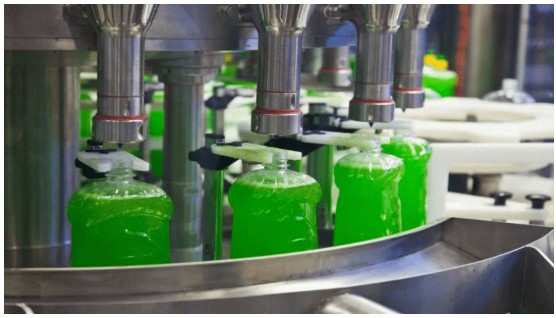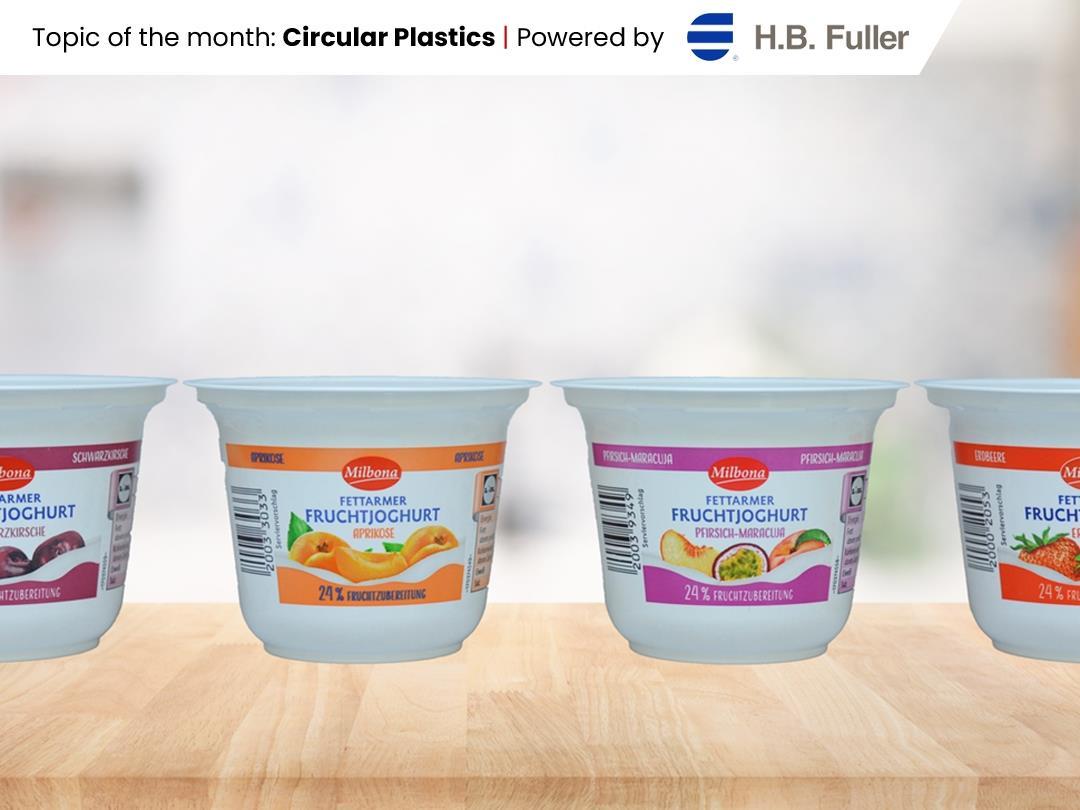In recent years, the introduction of tethered bottle caps, particularly on Coca-Cola products, has sparked significant consumer backlash. While these caps serve a critical purpose in enhancing recyclability and reducing plastic waste, many individuals perceive them as uncomfortable and inconvenient. This post delves into the reasons behind this sentiment and explores potential solutions for improving their reception.
Tethered caps are designed to remain attached to beverage bottles, preventing caps from becoming litter and contributing to environmental pollution. Research indicates that plastic bottle caps rank among the most common items found in litter, particularly along coastlines. The European Commission has recognized this issue, leading to the implementation of the Single-Use Plastics Directive, which mandates that plastic caps remain attached during use.
Despite these regulatory efforts, many consumers express dissatisfaction with tethered caps. A recent survey revealed that over 70% of respondents dislike the design, citing discomfort while drinking and difficulties when opening bottles. Critics argue that these caps can lead to injuries, such as cuts or blisters, and can cause leaks when resealing beverages. Furthermore, some individuals with disabilities have raised concerns about the sharpness of current tether designs, which may pose additional risks.
While proponents of tethered caps argue that they offer hygiene benefits and prevent cap loss, they often overlook the significant user experience issues. The frustration expressed by consumers on social media platforms, including TikTok, reflects a broader sentiment of discontent with corporate sustainability initiatives that prioritize recyclability over user comfort.
To address these concerns, brands must prioritize consumer feedback in the design process. Innovative solutions, such as the flip-top design, could provide a more user-friendly alternative to traditional tethered caps. By focusing on comfort and convenience, companies can foster a more positive perception of their sustainability efforts.
In conclusion, while the environmental benefits of tethered bottle caps are undeniable, consumer discomfort and frustration cannot be ignored. Brands must engage in meaningful dialogue with their customers and seek to enhance the user experience to rebuild trust and acceptance of these necessary changes in packaging design.
Source:
https://packagingeurope.com/features/whats-the-problem-with-tethered-bottle-caps







